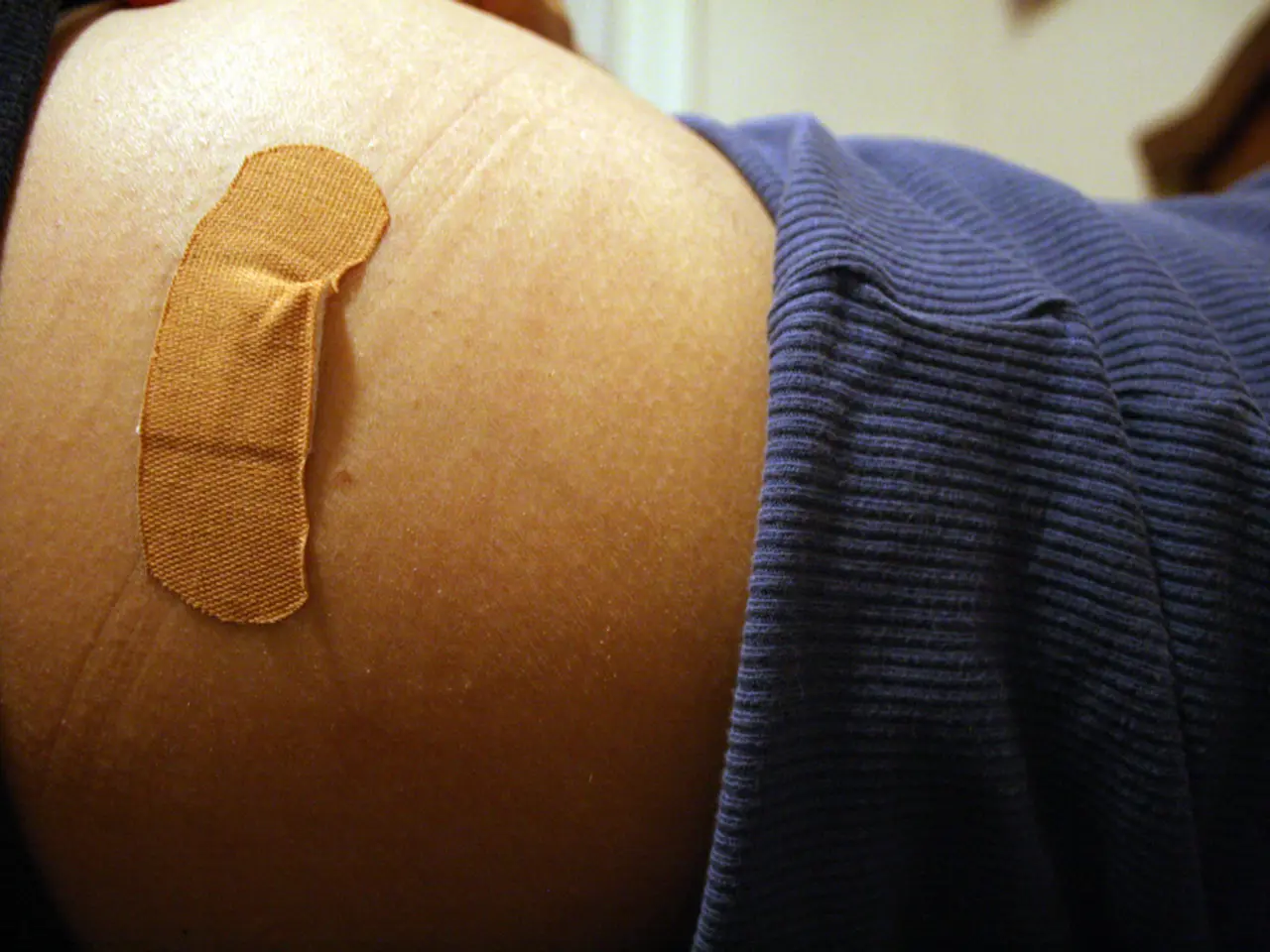Guide for Ceasing Hemorrhage in Superficial and Depth Wounds
Deep cuts can be concerning, but with the right knowledge and a well-stocked first-aid kit, you can provide initial care until professional help arrives. Dr. Baruch Fertel, an emergency medicine physician, shares his advice on treating deep cuts.
In the event of a deep cut, the first step is to stop the bleeding. Apply gentle but firm pressure using a clean cloth or sterile gauze. Keep pressure for at least 10 minutes without checking too early to let a clot form. If bleeding is severe or spurting, seek emergency care right away.
Before treating the wound, ensure your hands are clean to avoid infection. Rinse the cut gently with cool running water to remove dirt and debris. Avoid getting soap directly in the wound as it can irritate the tissue. If debris remains, use sterilized tweezers from your first-aid kit to carefully remove it.
After rinsing, apply an over-the-counter antiseptic or antibiotic ointment (such as Neosporin) to reduce infection risk and promote healing. Cover the wound with a sterile bandage or dressing from your first-aid kit to protect it from dirt and bacteria. Change the dressing daily, or sooner if it becomes wet or dirty.
Keep the wound dry and clean; avoid letting it “breathe” uncovered too early since exposure may increase infection risk. Monitor the cut. If it is deeper than half an inch, with jagged edges, on the face or joints, or if bleeding does not stop after firm pressure, seek professional medical care—stitches or surgical glue may be necessary.
Avoid using rubbing alcohol or hydrogen peroxide on the wound, as these can slow healing and damage tissue. Be gentle when washing the wound to avoid re-opening it.
Your first-aid kit should ideally have clean gauze or cloth, antiseptic wipes or ointment, sterile bandages, and tweezers to properly treat a deep cut at home. However, for very deep, large, or heavily bleeding cuts, professional medical treatment is essential.
Remember, small cuts are typically minor injuries that stop bleeding on their own or after a few minutes of direct pressure. If you notice signs of infection, such as fever, increase in pain, swelling, redness or warmth around the wound, pus oozing out of the wound, seek medical attention immediately.
Knowing how to properly care for a cut following injury could save someone's life. Always err on the side of caution and seek immediate medical attention if you are unsure about the severity of the injury.
Read also:
- Exploring Botox as a Treatment for Interstitial Cystitis: Insights, Adverse Effects, and Further Details
- Linking brain weakness and cognitive decline: An examination of the potential relationship
- Is it Possible that Stem Cells Improve Joint Durability and Mobility during Senior Years?
- Is a Measles Booster Vaccination Required? You Might Be Shocked by the Response




